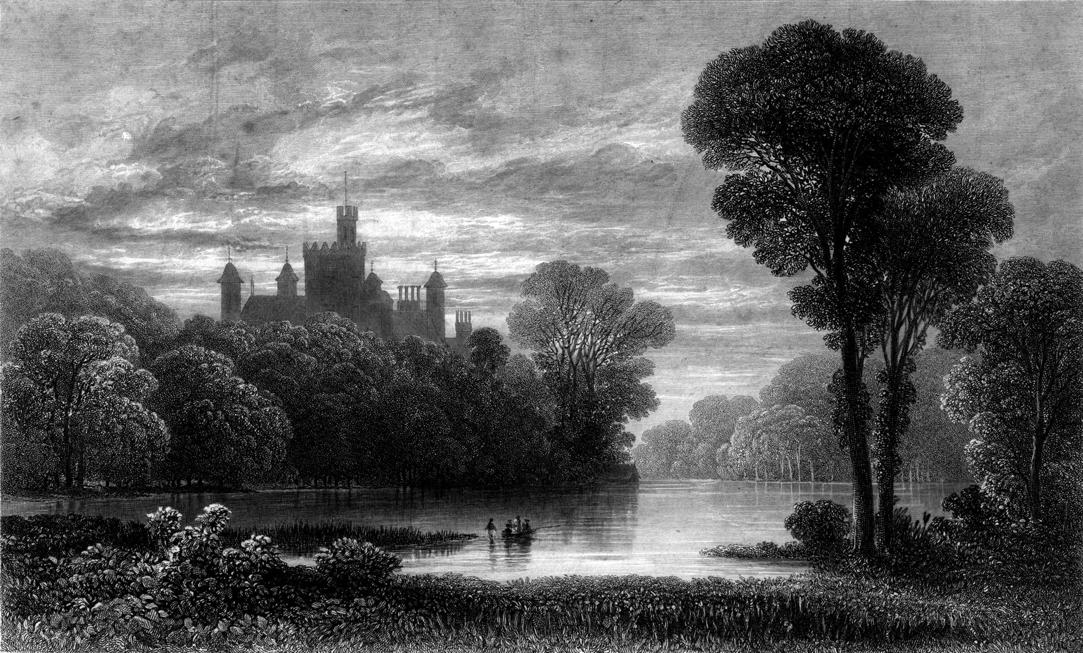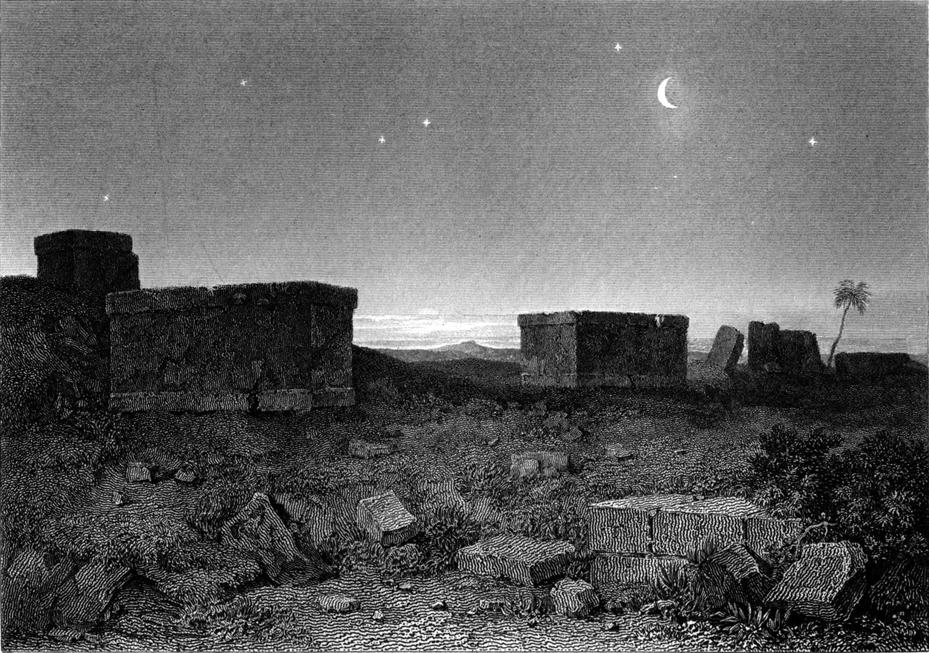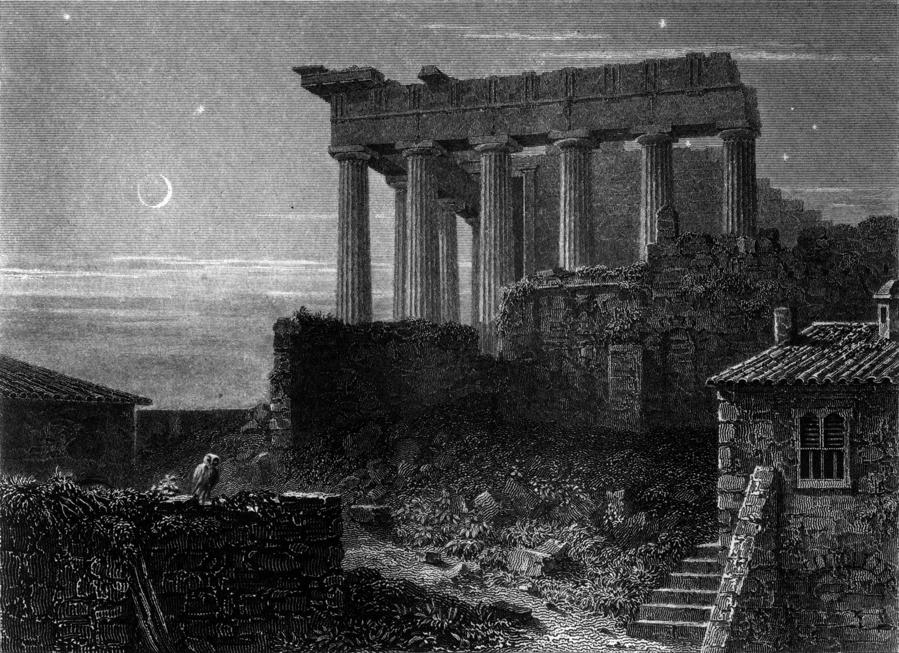Ethereal engravings of William Miller
William Miller was a Scottish engraver. His artwork was created to accompany other people’s writings, and, as often as not, from the drawings of other people as well. This amazing image of Lochnaw Castle is from the Memoirs of Sir Andrew Agnew, by Thomas M’Crie. The engraving was from a drawing by R. K. Greville.

The Temple of Minerva and the Ancient Sarcophagi are from Select Views In Greece With Classical Illustrations, by Hugh William Williams, who also did the drawings that the engravings were based on.


His engraving of W. Linton’s drawing of Delos could just as well be Tolkien’s Last Home of the Elves. His Faeries on the Seashore (after W. Danby) is otherworldly—helped along, no doubt, by the fact that it’s an engraving, but the engraver’s skill and artistic talent show.
Engravings, while they reproduced other pieces of art, were difficult, time-consuming pieces of art themselves. Good plates could take years to engrave.
I have not yet used any of these images in adventures or lore books, but I can’t imaging that, at least, the Temple of Minerva or the Ancient Sarcophagi won’t inspire some use. The ancient sarcophagi look like something you might see in the cold waste on the Road to the First City of Man…
- Line engraving at Wikipedia
- “In the 19th century, line engraving was both helped and hindered. Help came from the growth of public wealth, increasing interest in art, and the increase in the commerce of art—as exemplified by the career of such art dealers as Ernest Gambart—and the growing demand for illustrated books. Hindrance to line engraving came from the desire for cheaper and more rapid methods – a desire satisfied in various ways, but especially, by etching and various kinds of photography.”
- Memoirs of Sir Andrew Agnew of Lochnaw, Bart.: Andrew Agnew at Internet Archive
- Sir Andrew Agnew was the 7th Baronet Agnew, of Lochnaw, and is probably known best, as Member of Parliament for Wigtownshire, for his support of “Sunday Sabbatarianism”, the banning of all secular labor on Sundays.
- Select Views in Greece: Hugh William Williams at Internet Archive
- “With classical illustrations.” William Miller and others did the engravings of Hugh William Williams’s watercolor illustrations.
- William Miller at Wikimedia Commons
- Scottish engraver William Miller lived in the nineteenth century, through the epitome and decline of the line-engraver’s art.
More engravings
- The Biblical and other engravings of Gustave Doré
- Gustave Doré is probably best known for his Bible engravings, especially an angry Moses lifting high the ten commandments to destroy them.
More Inspirational fantasy art
- Inspirational art: Caspar David Friedrich
- There have been many great painters of fantasy art. For me, Caspar David Friedrich really captures the sense of adventure and wonder that makes for great fantasy games.
- The Pre-Raphaelite fantasies of John William Waterhouse
- John William Waterhouse was one of the best of the Pre-Raphaelite movement, and his paintings of Tennyson and Shakespeare provide great inspiration for fantasy worlds.
- The Biblical and other engravings of Gustave Doré
- Gustave Doré is probably best known for his Bible engravings, especially an angry Moses lifting high the ten commandments to destroy them.
